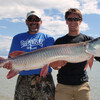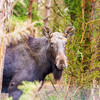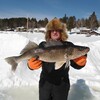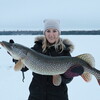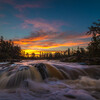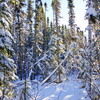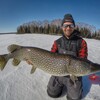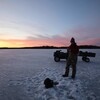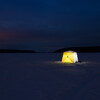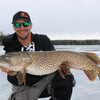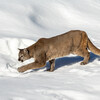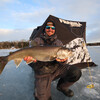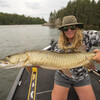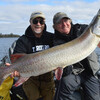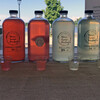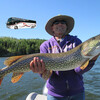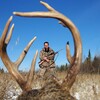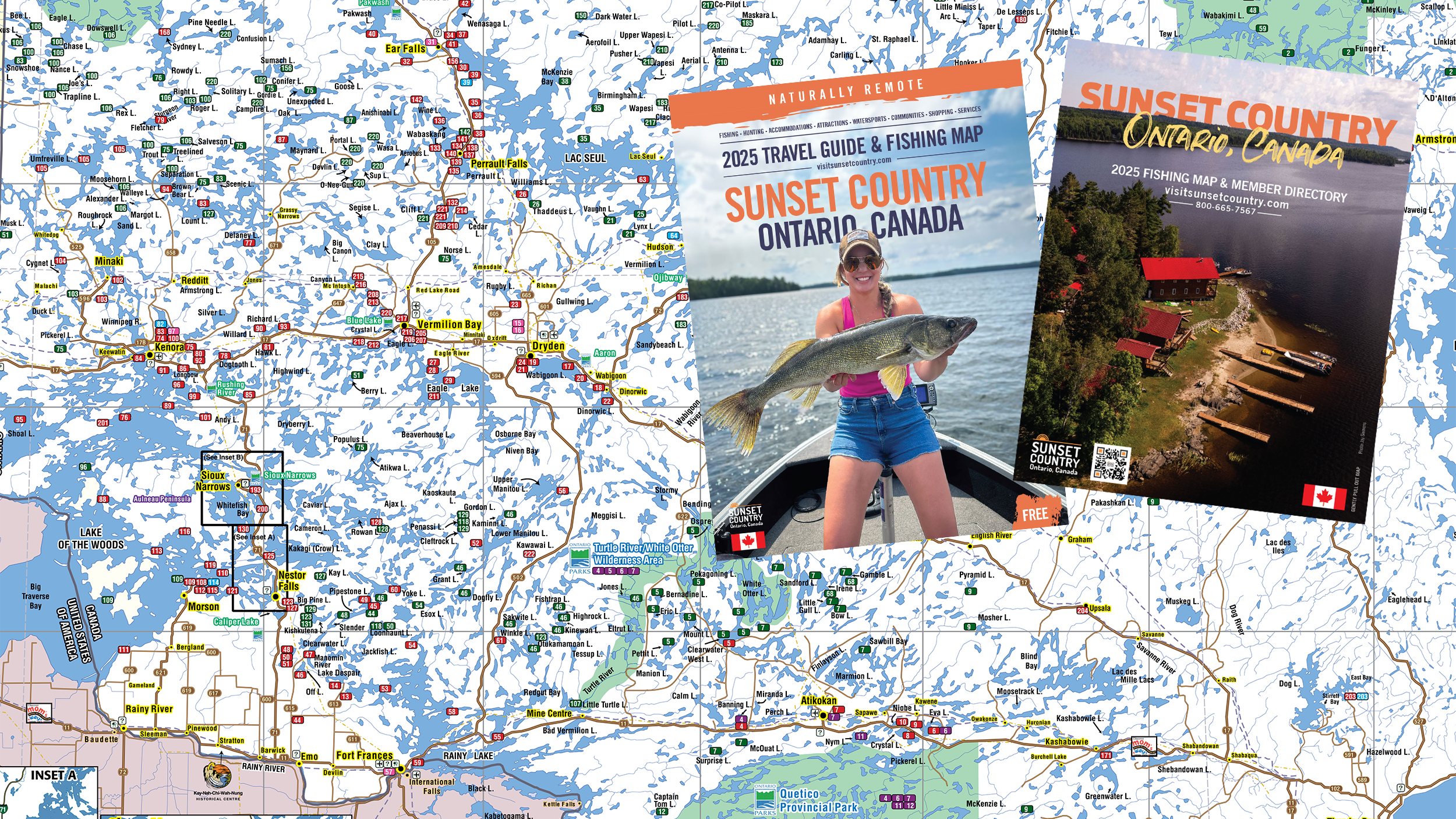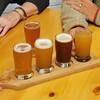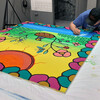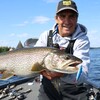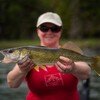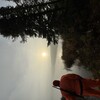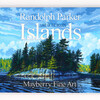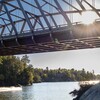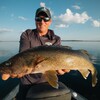Rainy River: A Birding Paradise!
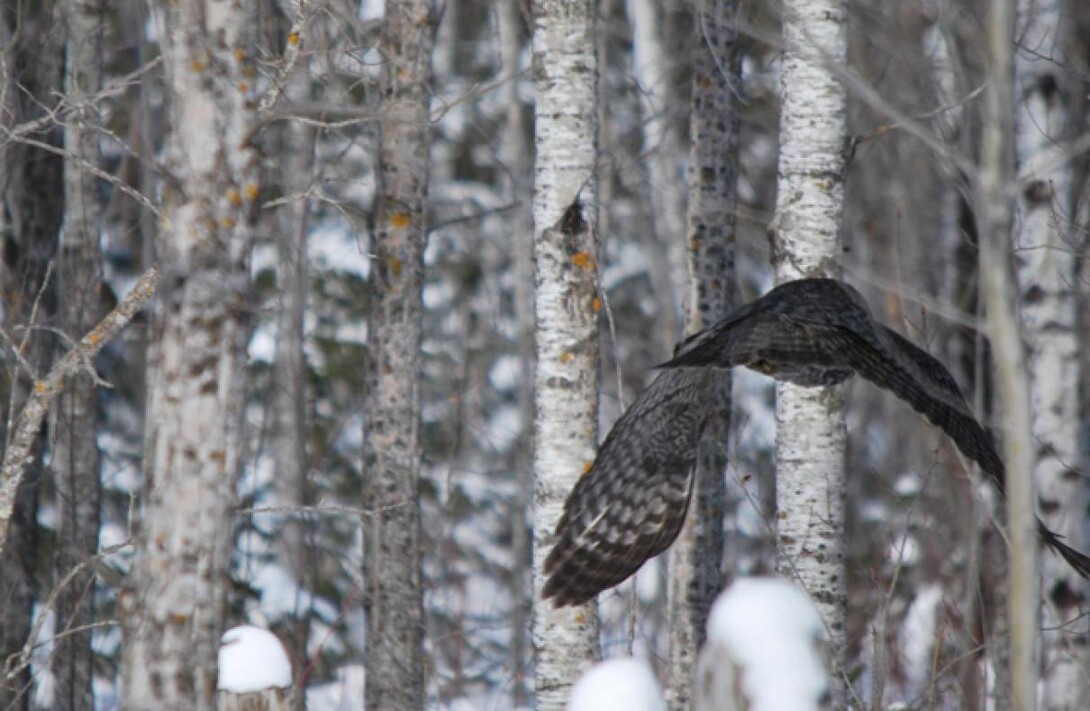
Birding in the Rainy River District
The uniqueness of the Rainy River region creates a range of habitat for diverse species of birds. The lakes and waterways in addition to the mix of northern, southern and prairie natural environments (northern spruce and jack pine to southern hardwoods such as ash, elm and basswood) create a range of habitat for diverse species of birds. Pelicans return each year to permanent nesting grounds; bald eagles, sharp-tailed grouse, pileated woodpeckers, sand-hill cranes and snowy owls can be found, along with occasional sightings of scarlet tanagers and Baltimore Orioles. There are also prairie species such as western meadowlarks and yellow-headed blackbirds.
Because of the mixed deciduous shoreline, wetlands, oak ridges and open agricultural fields, spring and fall migrations of almost 300 bird species can be enjoyed. Just 18 km northwest of Rainy River at the mouth of the Rainy River is the world-renowned Sable Island, home to a permanent breeding population of the endangered piping plover. The rare Connecticut Warbler also breeds in the region.
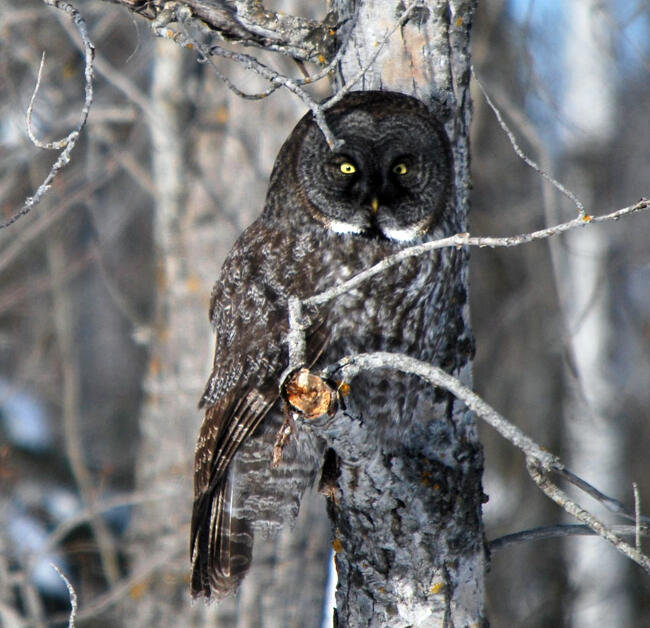
There are some specific areas around Rainy River you should check out if you like birding.
Worthington Road and Highway 11
This first area is 4 km west of Sleeman or 8 km east of Rainy River. Turn right on Worthington Road #3, cross the railway tracks, park your vehicle, get out and watch and listen. In the surrounding fields, you will see or hear Horned Lark, Northern Harrier, Sharp-tailed Grouse, Marbled Godwit, Upland Sandpiper, Brewer's Blackbird, Leconte's Sparrow, Clay-colored Sparrow, Western Meadowlark and Black-billed Magpie.
Rainy River Sewage Lagoons
Depending on the water levels present in the lagoons this area can be very productive for waterfowl and shorebirds. The lagoons are easily reached by turning right on Government Road off Highway 11 opposite the motel in Rainy River. Cross the tracks and take the first drivable dirt road to the left to the lagoons. In late May and early June, it is not unusual to see up to 300 Wilson’s Phalaropes spinning around on the ponds. Enter at your own risk.
Highway 600 – Wilson Creek – River Road Loop
From Highway 11 at the west end of Rainy River turn north (right) onto Highway 600. Follow Highway 600 north to Wilson Creek Road, on the left. As you travel along Highway 600, stop at any aspen woods and listen for the loud ringing song of the Connecticut Warbler. Turn west on the Wilson Creek Road and drive slowly along watching the big fields on either side for Sandhill Cranes, Sharp-tailed Grouse, Sedge Wren, Leconte's Sparrow, Black-billed Magpie and, in the evenings, Short-eared Owl. This is one of the best areas to find Sandhill Cranes, especially in the spring and early summer.
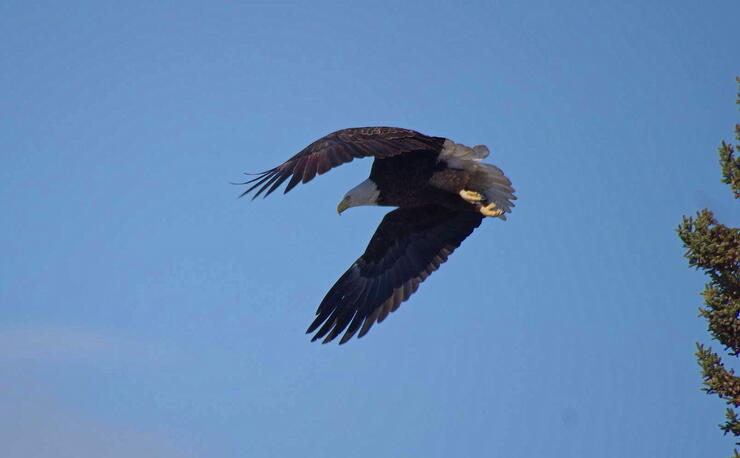
Continue to the River Road intersection. Go ahead past the metal building and the grey house on the right to Wilson Creek culvert crossing. Check both sides of the creek for waterfowl, grebes, herons and land birds in the surrounding oaks. Next, continue ahead on the River Road and take the next road on the left. Waterfowl and White Pelicans like this area and the woods are great for land birds. Return to the Wison Creek culvert and follow the River Road south (if you go straight ahead, you will be on the Wilson Creek Road again). Ahead on the left, you will see a tall tower. Opposite the tower is an open hay barn where Black-billed Magpies have nested under the eaves of the barn for many years. The fields around the tower are good for Sandhill Crane and Sharp-tailed Grouse. It is also a good spot to look for Western Kingbird. Continue to the south until the road swings to the left and follows the Rainy River. Check the reed beds in the river for Yellow-headed Blackbirds, waterfowl, White Pelicans, gulls, grebes, and swallows. The oak woods and the small ponds near the residences along the road are excellent for Yellow-throated Vireo and other land birds. Follow the River Road east to Highway 600 checking fields as you go, then turn right and you will soon be back in Rainy River.
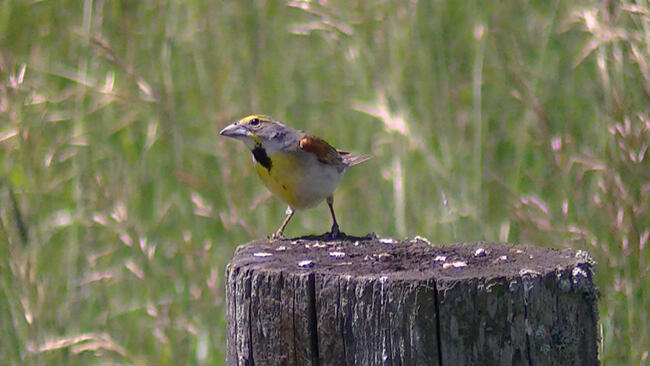
North River Road
The North River Road route can be very rewarding for birders. Start at the Wilson Creek culvert, continue north along the River Road to the sign and road leading to Budreau's Oakgrove Camp on the left. Take this road and check the woods on either side for warblers, flycatchers, sparrows and Scarlet Tanagers. Return to the River Road, turn left and go north. Continue on until you cross McInnis Creek. Redheaded Woodpecker can be seen in the big trees near the houses. After a left and right turn, watch for Fred's Road on the left. Take this road to its end and turn left for a few car lengths and park (don't block access to the field on your right). In the field on your right, you will notice a single elm tree. Beyond the tree is the south end of the big marsh. You may see Sharp-tailed Sparrow. Watch and listen for Sandhill Cranes. The marsh is wet; you will need rubber boots or runners and bug spray for the mosquitoes. Leconte's Sparrows, rails and Sedge Wrens can be seen. Return to the River Road, turn left and follow it to Highway 600. If it is after dark, stop from time to time to listen for Whip-poor-wills and owls. At Highway 600, turn right to get to Rainy River. The big fields on the right are good for cranes, grouse and in the evenings Short-eared Owls can be found.
Harris Hill - Windy Point
The Harris Hill - Windy Point is a good area and a lot of time can be spent here. Proceed north from Rainy River on Highway 600 until you reach Kreger's Road. Turn left (west) and follow the road through the woods, past some fields (check for cranes), until you reach the end on the shore of "The Channel". To the south is the Big Marsh. Straight ahead across the Channel are the Sable Islands. This is a good spot to launch a boat or canoe if you want to go out to the Sables. To the right is the "Oak Ridge" that gives an excellent view of the area. From the Oak Ridge overlooking the channel and the main lake, watch for White Pelicans, Franklin's Gull, terns, waterfowl, shorebirds and raptors. The oaks around you are excellent for migrating land birds. Northern Mockingbird and Red-bellied Woodpecker are two rarities that have been found here.
Return to Highway 600, turn left (north) to Harris Hill. Go straight ahead on the gravel road and follow it to Harris Hill Resort and the Government Dock on the Lake of the Woods. If you ask, the lodge owners will let you go down to the water's edge to birdwatch. Check surrounding woods for land birds and look over the lake toward Windy Point for waterfowl, White Pelican, Double-crested Cormorant, Bald Eagle and the Great Blue Heron. Windy Point is worth a visit and boat rides can usually be arranged at the lodge for a reasonable fee. The point is excellent for gulls, terns, shorebirds and White Pelican and is often frequented by a pair of Piping Plover. If you see the plovers, give them lots of room. They occasionally try to breed here and should not be disturbed. The cattails and Phragmites on the Windy Bay side of the point contain a large colony of nesting Red-winged and Yellow-headed Blackbirds.
Sable Islands
The Sable Islands at the mouth of the Rainy River are like magnets to birds. These sandy barrier islands have a total length of about 9.5 km and consist of a south island and a north island joined by a sand bat (the Cut) that is high and dry in low water years. Always watch the weather on both lake and the Channel as conditions can change very quickly. The best birding areas are the south end, the Cut area and the north end. Depending on water levels, the south end has extensive sand and mudflats.
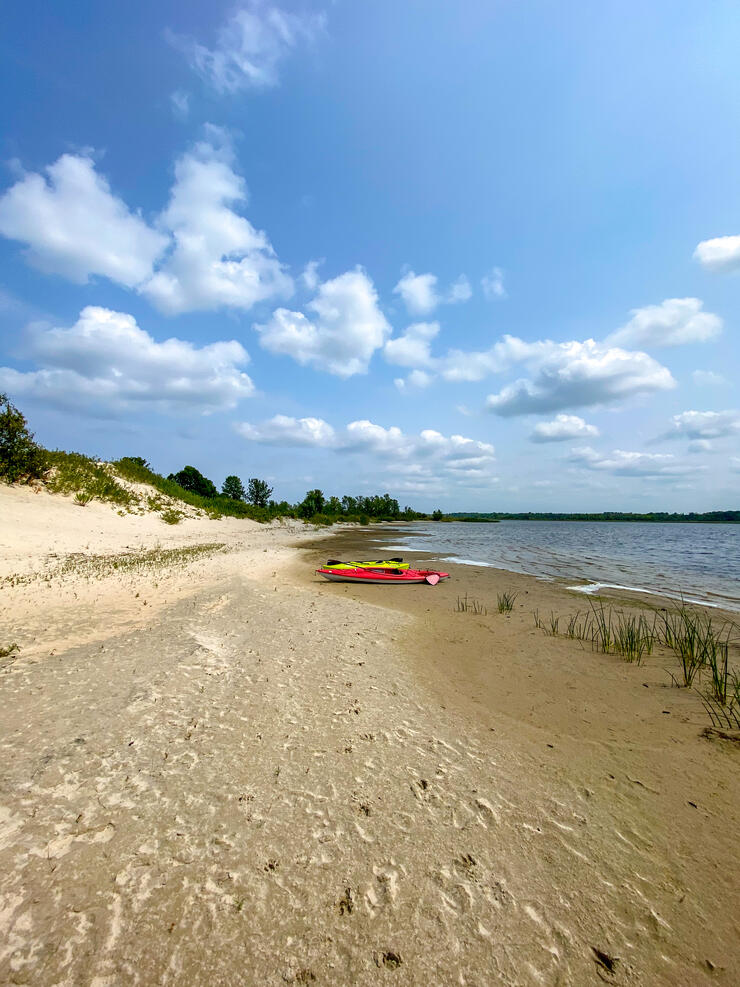
Expect any shorebird, tern, gull or waterfowl. Piping Plovers nest on the islands in the U.S. to the south and quite often fly over to the Sables to feed. If you plan to walk the islands, go on the outside (the lake side) and make periodic checks of the Channel side. The outside beaches are easier to walk on. The Cut, if exposed, is used as a loafing area for gulls, terns and White Pelicans. The north end is also favoured by gulls, shorebirds, White Pelicans and waterfowl. If you encounter any Piping Plover along the islands, give them lots of room, this may be the last place in Ontario they may nest.
So if you are an avid birder, head to the Rainy River region. You won't be disappointed. For more information visit the Rainy River website.
Recommended Articles
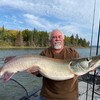
Is the 1,400 Kilometre Drive to Northwest Ontario For a Fishing Trip Worth it?
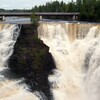
8 must-see waterfalls

6 Ways to Get Your 10,000 Steps This Fall
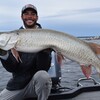
Top 5 Reasons You Should Be Fishing in Morson, Ontario

Discover The Winnipeg River
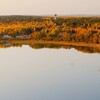
Enjoy Sunset Country's Fall Colours on Your Next Road Trip

Fishing in the Fall?
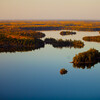
6 Reasons to Book a Fall Vacation to Sunset Country
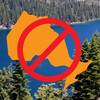
10 Reasons to Avoid Ontario’s Sunset Country
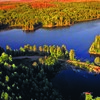
Heading Across Canada?
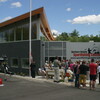
A Guide to Sunset Country Museums
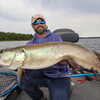
The Promised Land: Best Muskie Fishing in Ontario
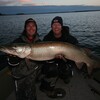
Fall Fishing Tips
5 Essential Boreal Experiences in Ontario's Sunset Country
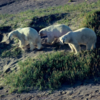
5 Obscure Facts About Northwestern Ontario: Were You Aware of These?
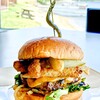
Great Food in Relatively Unknown Places
Outdoor Medicine
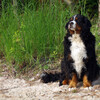
A Guide to Bringing Your Pets on Vacation to Canada
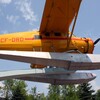
There's more than just fishing in the Red Lake Region

5 Amazing Sights You Can Only See By Boat

Going Fishing in Canada?
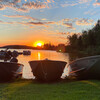
Going fishing in Ontario?

Outdoor Adventure in Ontario's Northern Paradise
Planning A Family Fishing Trip to Canada

Tips from a Fishing Legend
